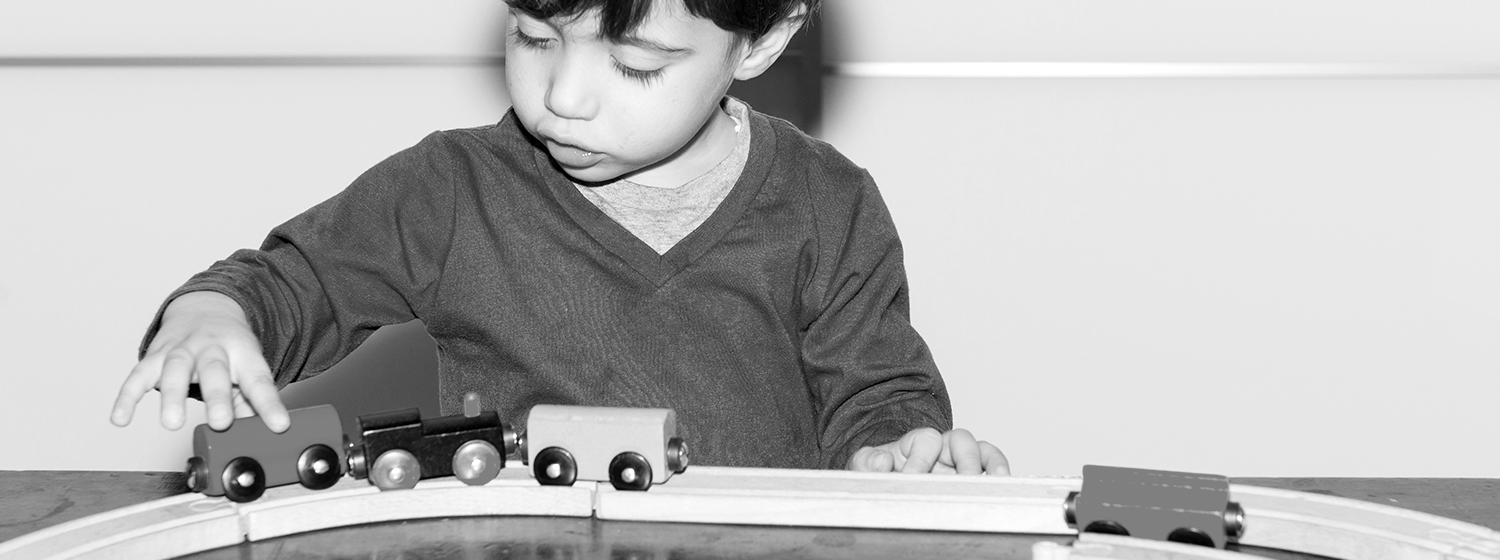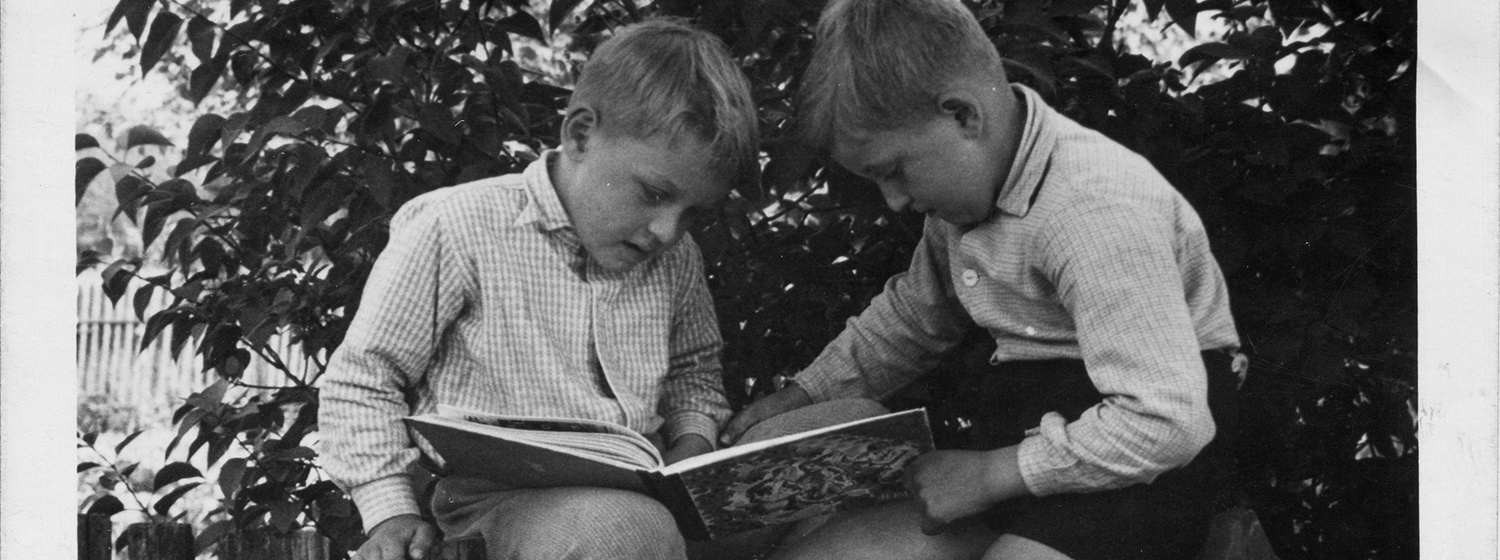Wooden toys are great. They’re fun, engaging, and durable. They’re so simple they hardly ever break. Very little goes wrong with a wooden toy. Let’s apply this idea of simplicity to your brand storytelling so you too can be fun, engaging, and durable.
Kill Your Darlings
William Faulkner famously quipped, “In writing, you should kill all your darlings.” In other words, it’s important to know your story in its entirety, but then you should boil it down to its core. Document your history. Develop a full cast of characters from your team, your members, and those lives your association touches. Write it all down.
Next, eliminate complications and confusion that can dilute your message. Try to identify the top three things about your association that your membership absolutely must know. Faulkner’s dark language hints at how difficult this process is. There’s so much you love about your association, and you don’t want your members to miss one detail. But you must thin the herd for the greater good.
Simple, Focused Marketing
The best marketing efforts are simple and focused. Direct mail and email state key benefits and make one offer to one audience. Taglines summarize a brand in a handful of words. Postcards grab attention with concise headlines. Tell your audience too much and risk getting ignored altogether.
A Case for Simplicity
Take a nod from the recent explosion of viral vine videos. In just six seconds or less, a good vine conveys emotion, tells a story, makes a push, connects people, or represents an entire brand. Keep in mind, of course, that “simplicity” isn’t synonymous with “short.” You need powerful, concise stories to connect with your audience.
Another example is the 2012 movie The Artist. In a time when movie makers continuously up the ante with special effects, pyrotechnics, and computer enhancements, The Artist took the world by storm silently in black and white. This pared-back approach allowed audiences to focus more on the story and characters and less on visual effects. The truckload of awards the film won suggests simplicity has a place in our complex, cluttered world.
What about the Bells and Whistles?
Today’s storytelling technology offers more possibilities than ever to convey your story to your audience (and they are fabulous and you should use them). But even the best high tech, interactive promotions fall flat if they don’t have a strong, simple message at their core.
How might you use a “wooden toy” version of your brand to inspire your members?
Share this post in LinkedIn:
NOT ANOTHER SNOOZELETTER.
SIGN UP. BE INSPIRED.







